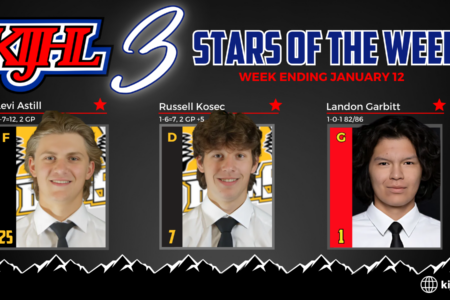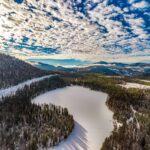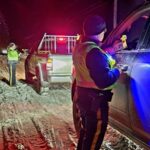A Woman's Guide to Training Her Man for Avalanche Safety
By John Kelly
Many of you will be waiting for your men to come home from their mountain adventures this weekend, and judging by the number of calls we are getting at the Canadian Avalanche Centre, many of you are worried about whether it’s really safe for them to be out there in the first place.
That sentence is not intended to be sexist or provocative. While the backcountry is a playground for men and women alike, as far as coming home is concerned, 88% of avalanche fatalities are male.
So how do you know if your man is playing safe out there? Sure, experience is important. But one thing we have come to know over the years—the avalanche doesn’t know you are experienced. Here are some pointers to help you figure out if your guy is doing all he can to stack the odds in his favour.
Did he read the avalanche bulletin? Ask him what it said. Most avalanche bulletins will clearly indicate the primary concerns for a given area, and those concerns change regularly. Ask your man how he’s adjusting his plans for today’s conditions.
OK, so there’s no bulletin for your area. Ask the local experts, find people in the know. The important thing is to decide where to go and what to do according to the current conditions.
Here’s a suggestion for an appropriate actions according to the danger. When the avalanche danger is HIGH, high-marking on open slopes, hill climbing and cornice jumping are all bad choices.
Does your guy have an avalanche course under his belt? If he doesn’t, buy him one. An avalanche course will teach him how to recognize avalanche terrain, help him understand the clues related to avalanche activity, and give him some hands-on practical experience in rescue techniques. Well worth the investment, considering avalanches kills more Canadians than any other natural hazard.
Finally, make sure he carries the essential rescue gear. Nobody should be recreating in avalanche terrain if they are not carrying a beacon, probe and shovel. Has he practiced with his transceiver? Try this. Take the key to his sled, tape it to his avalanche beacon and hide it in the back yard. Make sure it’s turned on and set to transmit!
When he gets home tell him that if he wants to use his sled he is going to have to phone up his buddy to get another beacon in order to find his key—a good opportunity for his buddy to practice too!
Our best information indicates that a day of backcountry travel is about as dangerous as a day of highway driving. Many thousands of people in Western Canada recreate in the mountains every winter. Most of these trips are done safely, providing incredible enjoyment and appreciation of our magnificent natural landscape. That being said, there are still many avalanche accidents that were tragically preventable. At the Canadian Avalanche Centre, we are intent on helping to prevent every avalanche accident that we can.
For more information and current avalanche conditions—www.avalanche.ca
























